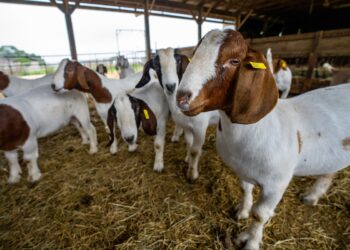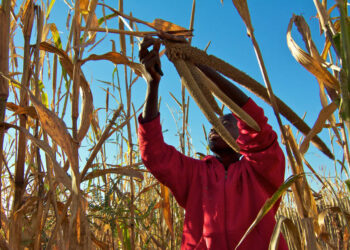
One of the first industrial production of iron with net-zero emissions, based on HyIron technology, is set to be established in Namibia with an initial investment of N$600 million.
The Oshivela project, scheduled to commence in late 2024, is being initiated by HyIron with support from the German Federal Ministry of Economics and Climate Protection.
The project aims to achieve an annual output of 15,000 tonnes of Direct Reduced Iron (DRI) in its initial phase, generating approximately 60 employment opportunities.
The ground-breaking ceremony for the project, facilitated by the Namibia Investment Promotion Development Board (NIPDB), is scheduled for November 6th, 2023, in Arandis.
Renewable energy will replace fossil fuels in the conventional production process, powered by a solar and wind energy plant.
“In the initial phase, a 20 MW solar photovoltaic installation will provide carbon-free electricity to the plant. As production scales up, an additional 18 MW of wind energy and 140 MW of solar energy will be integrated. This power plant will primarily supply energy for water electrolysis to produce hydrogen, the reduction agent. The hydrogen will then be transported to the furnace, where it will react with the iron ore’s oxygen at ambient pressure, ultimately forming water. This water will be reused within the process.”
When operational, the Oshivela project is anticipated to become one of the largest primary green iron production sites globally. At this stage, it is projected to reduce annual COâ‚‚ emissions by 27,000 metric tons, equivalent to 50% of Namibia’s power industry emissions, as per the developers’ estimates.Â
“The Oshivela project, boasting an annual production potential of 1 million tonnes of iron, is forecasted to mitigate 1.8 million tonnes of COâ‚‚e/year. If applied to the necessary additional production capacities of 300 million tonnes by 2030, this could result in a yearly reduction of 540 million tonnes of COâ‚‚e, making a substantial contribution to the fight against climate change.”
According to the developers, the project is poised to address the growing global demand for iron, which is projected to rise from the current 1.9 billion tonnes annually to 2.2 billion tonnes by 2030, necessitating an increase in production capacities by 50 million tonnes each year.
Â
Â
Â
Â
Â
Â
Â
Â
Â
Â











